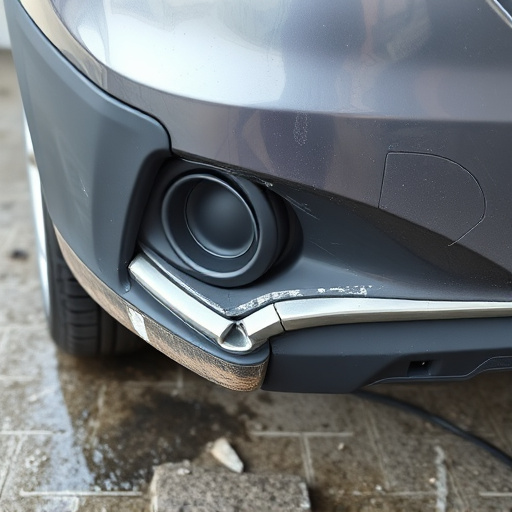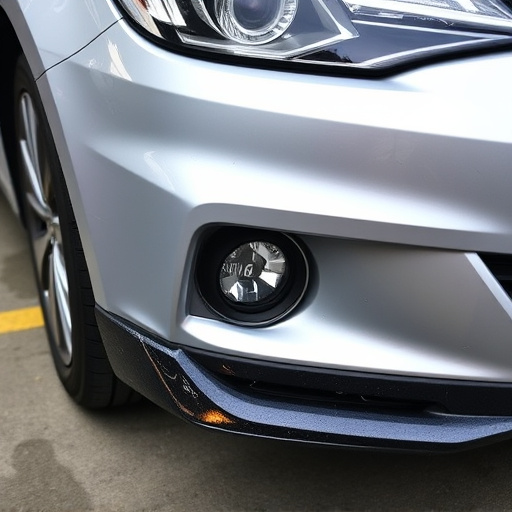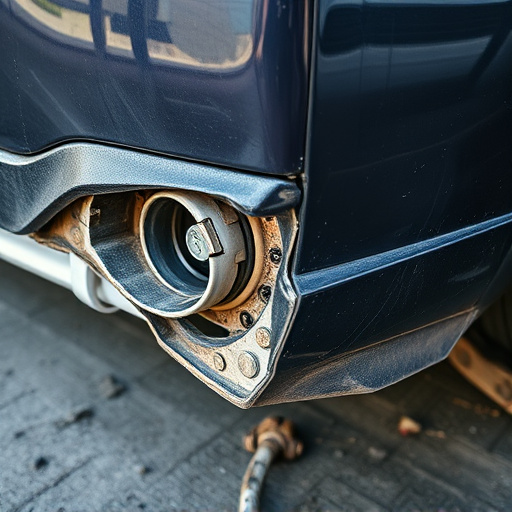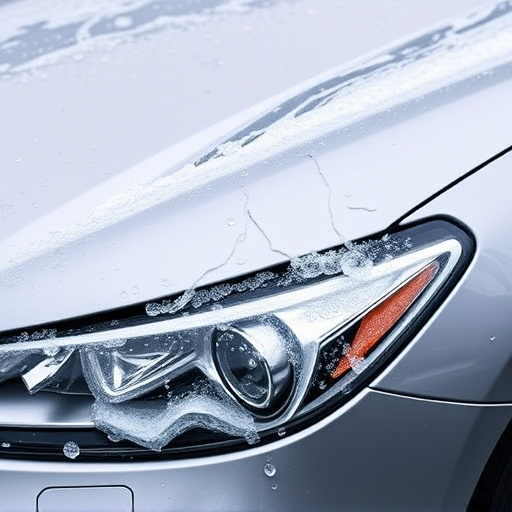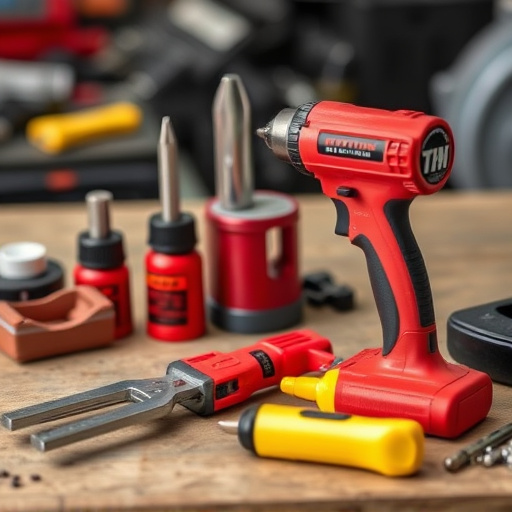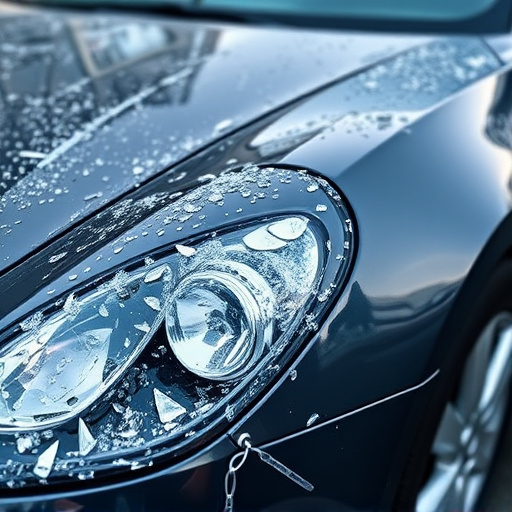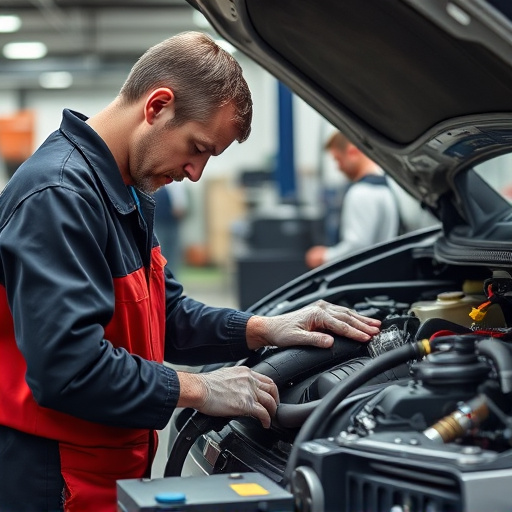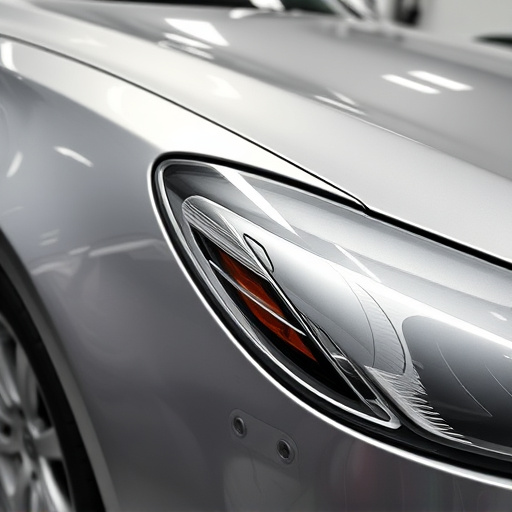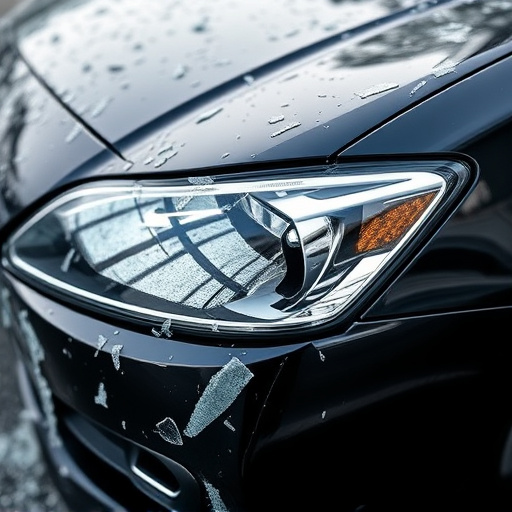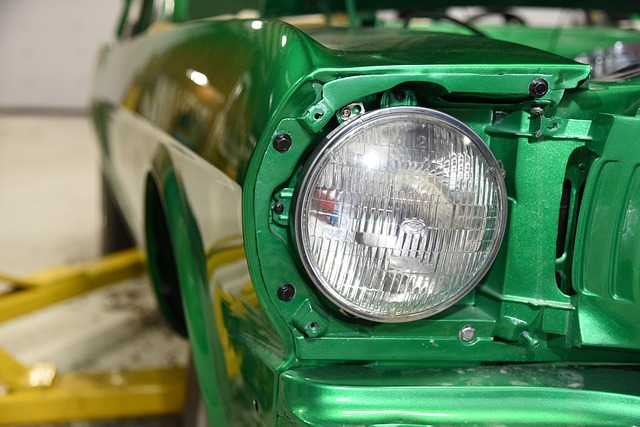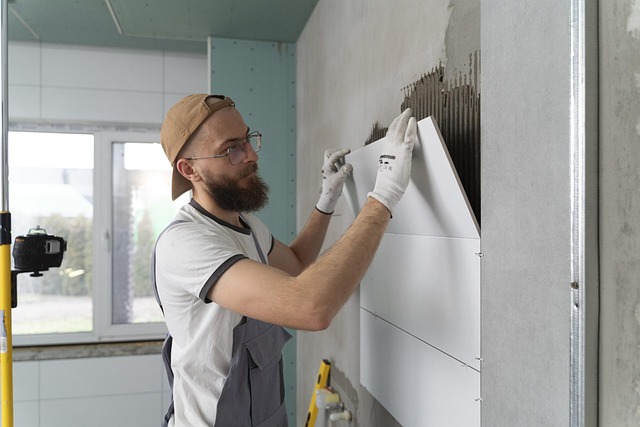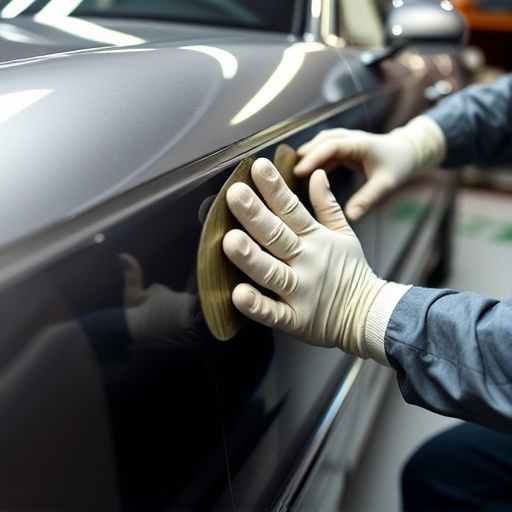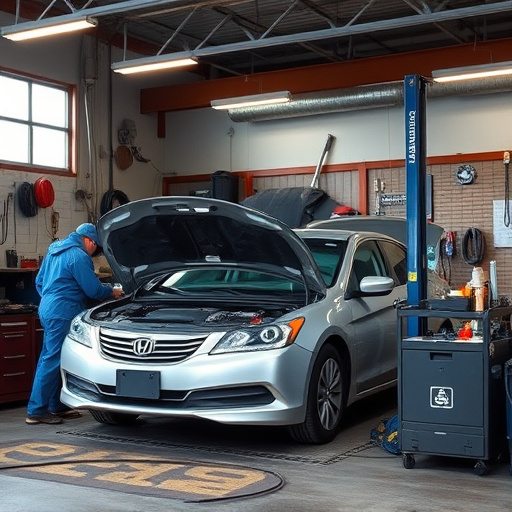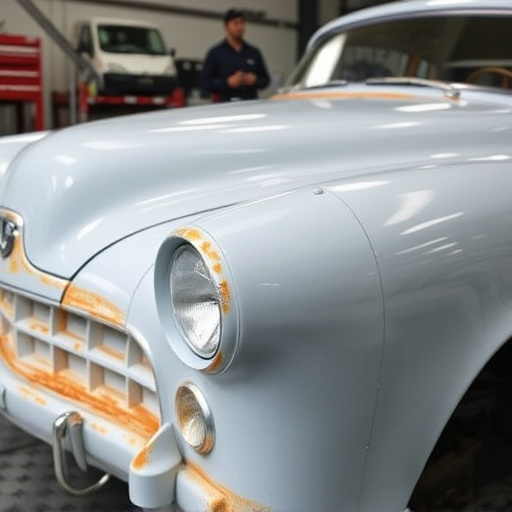Collision repair audits use digital measurement systems and specialized software to thoroughly evaluate auto body restoration quality. By capturing detailed data via laser scanners and 3D imaging, these audits ensure structural integrity, perfect paint finishes, and exceptional service, fostering customer trust in the industry. Proper documentation, categorization of damage types, and comparison with benchmarks guarantee repairs meet or exceed high standards.
In the automotive industry, collision repair audits are pivotal for maintaining quality and ensuring compliance. This comprehensive guide explores the intricacies of collision repair audit processes, offering valuable insights for professionals. From understanding the fundamental concepts to employing powerful tools and adopting best practices in documentation, each step is crucial in delivering precise and efficient repairs. Discover how these techniques safeguard standards and foster trust among customers, ultimately enhancing the reputation of collision repair facilities.
- Understanding Collision Repair Audit Basics
- Key Tools for Effective Collision Repair Audits
- Best Practices in Documenting and Analyzing Findings
Understanding Collision Repair Audit Basics
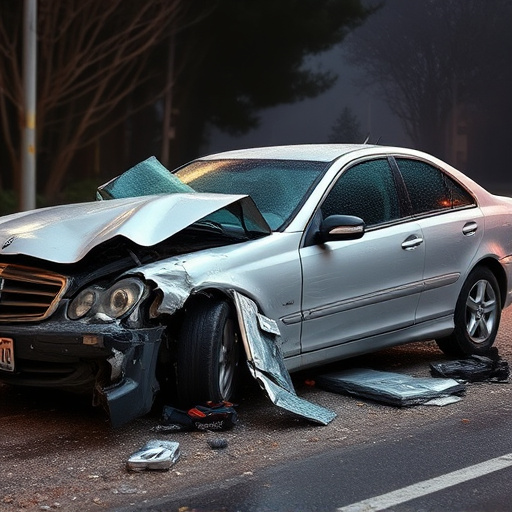
A collision repair audit is a meticulous process that assesses the quality and integrity of vehicle repair work. It involves a thorough examination of the car body restoration process, from initial inspection to final completion. This audit ensures that every step adheres to industry standards and best practices, guaranteeing precise and safe repairs. By implementing these audits, car repair shops can maintain high levels of accuracy and customer satisfaction.
The primary goal is to verify the effectiveness of collision repair techniques used in auto body shops. It includes evaluating structural integrity, paint quality, and overall restoration of damaged vehicles. Through this process, any deviations or subpar work can be identified and rectified promptly. This, in turn, ensures that customers receive top-tier service for their vehicle repairs, fostering trust and confidence in the collision repair industry.
Key Tools for Effective Collision Repair Audits
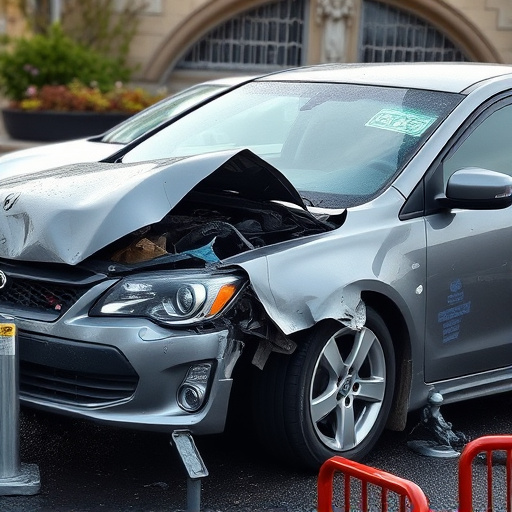
Effective collision repair audits rely on a suite of key tools designed to assess the quality and integrity of automotive body work performed by car repair services or car body shops. Digital measurement systems are among the most critical, enabling precise comparison of pre-and post-repair conditions using laser scanners and 3D imaging technology. These tools capture detailed data, allowing for thorough analysis and detection of even minimal discrepancies in panel alignment and paint finishes.
Additionally, specialized software plays a vital role in collision repair audits by streamlining the documentation process. This software enables auditors to create comprehensive digital records, including photo documentation and detailed reports, enhancing accuracy and consistency across different car body shops. With these tools in hand, auditors can ensure that repairs meet high standards, providing peace of mind for both insurers and vehicle owners receiving quality car repair services.
Best Practices in Documenting and Analyzing Findings
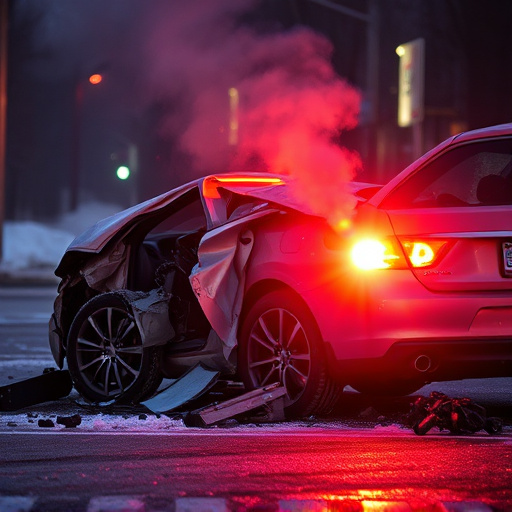
When conducting a collision repair audit, proper documentation and analysis are key to ensuring accurate assessments and effective remediation. Best practices involve utilizing digital documentation tools that allow for clear, detailed recording of findings. This includes high-quality photos, videos, and written notes describing the extent of damage in each area of the vehicle, focusing on both visible and hidden impacts.
Analyzing these findings requires a systematic approach. Categorizing damages into specific types such as frame straightening, hail damage repair, or car collision repair helps in understanding the scope and complexity of the work required. Utilizing specialized software can facilitate this process by providing metrics, measurements, and comparisons against industry standards, ensuring that repairs meet or exceed expected quality benchmarks.
Collision repair audits are essential processes that ensure quality control and accuracy in automotive body shop repairs. By utilizing the right tools and implementing best practices, professionals can streamline the audit process, identify discrepancies, and continuously improve their work. Understanding the fundamentals and adopting effective techniques empower collision centers to maintain high standards and deliver exceptional vehicle restoration results.
